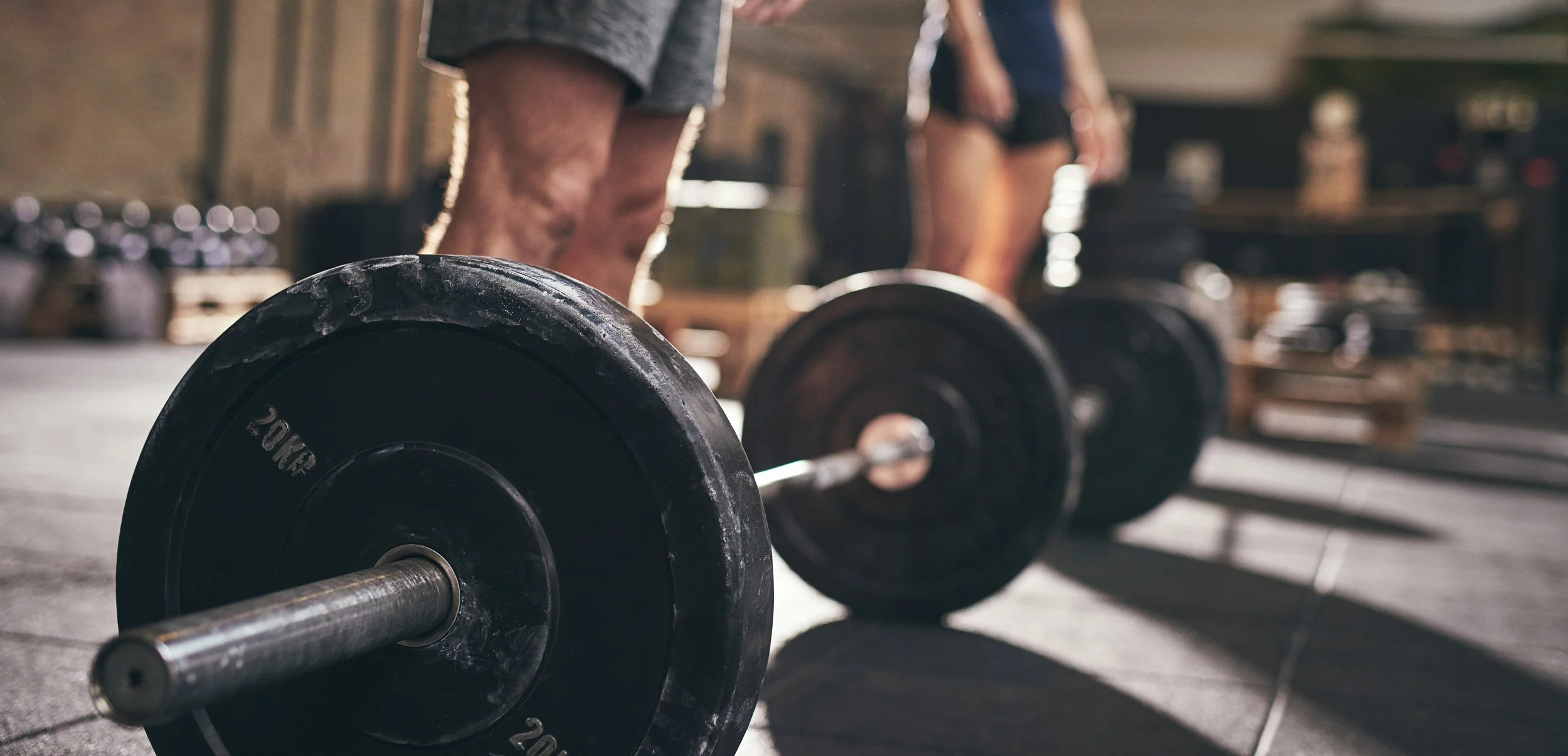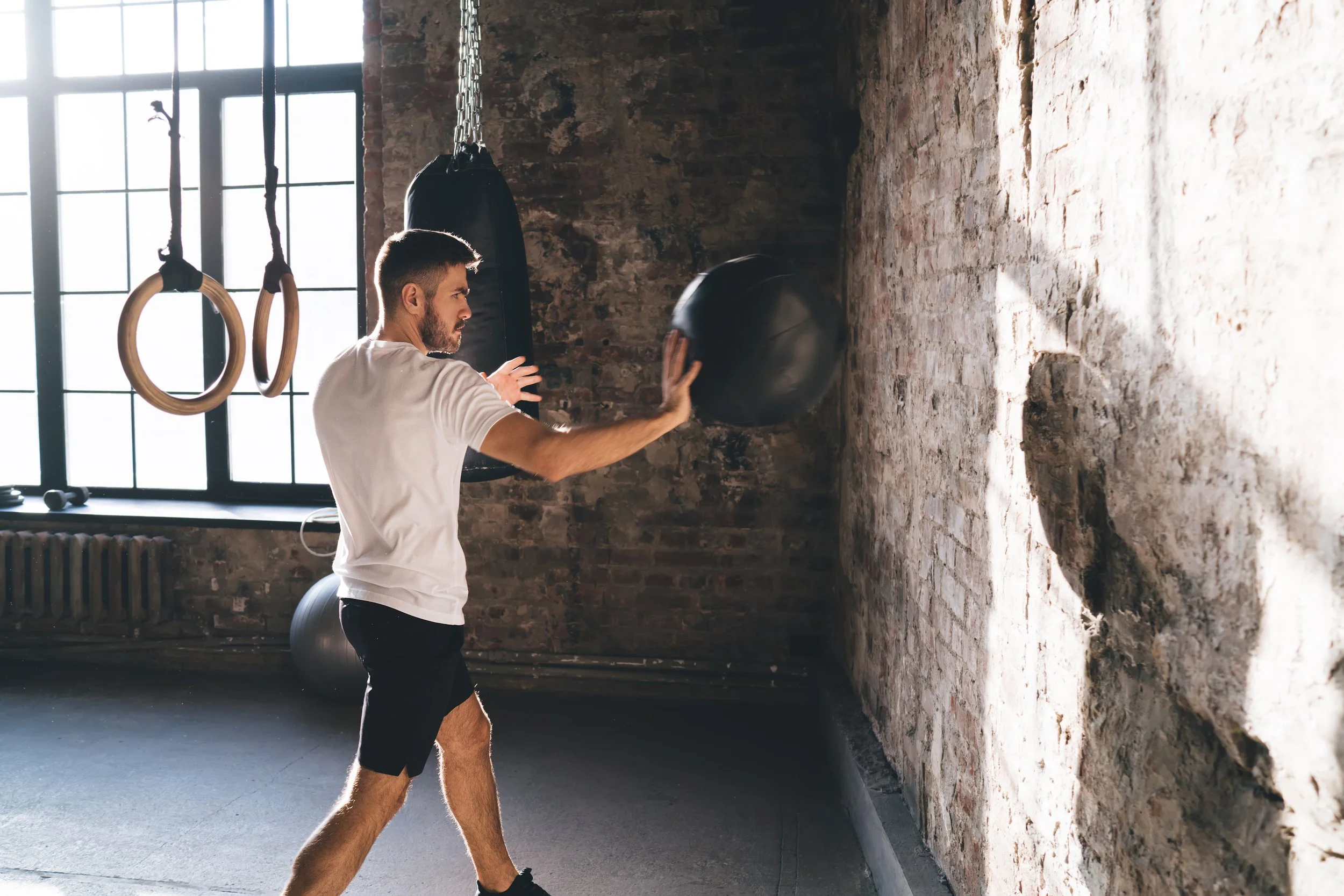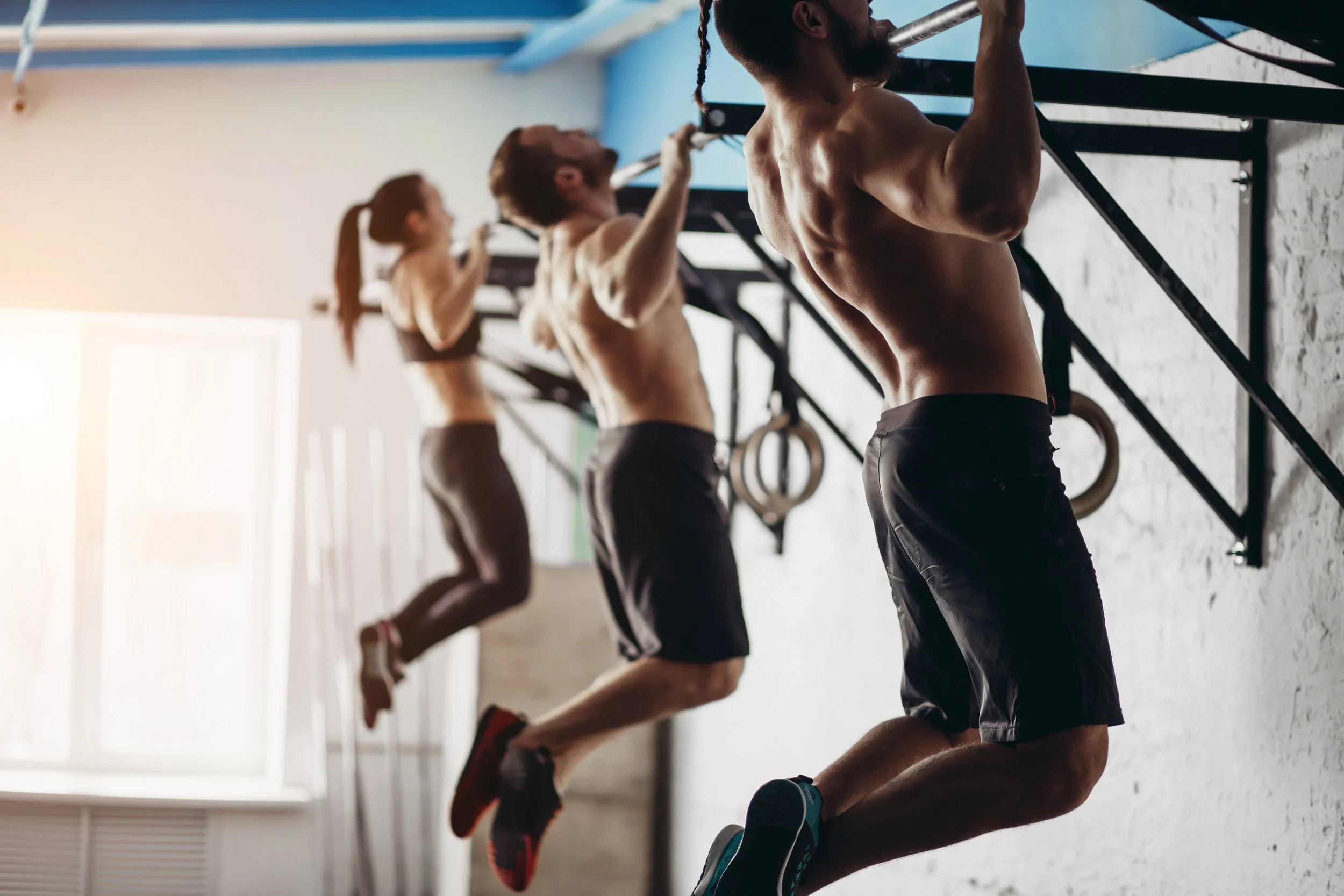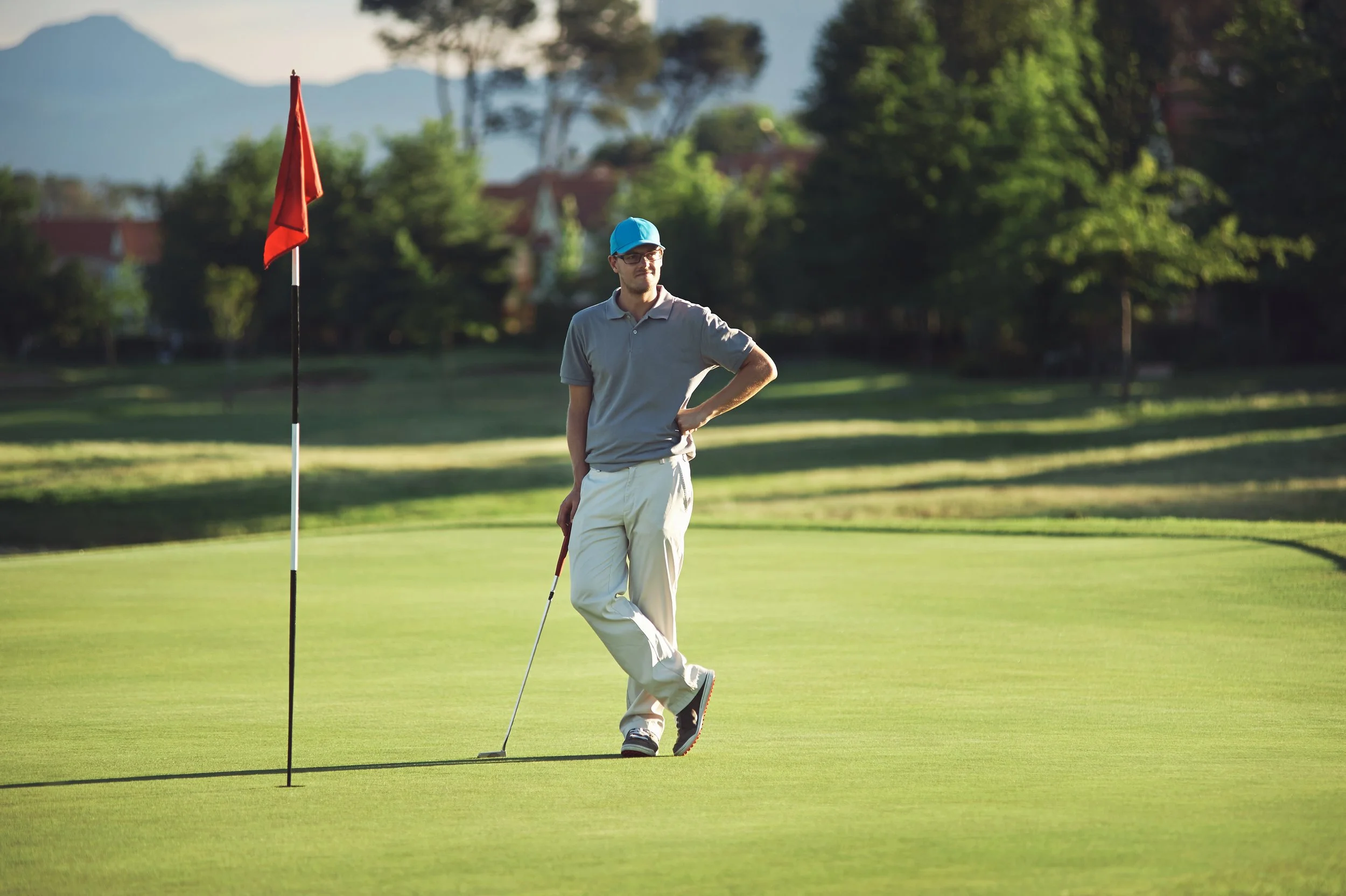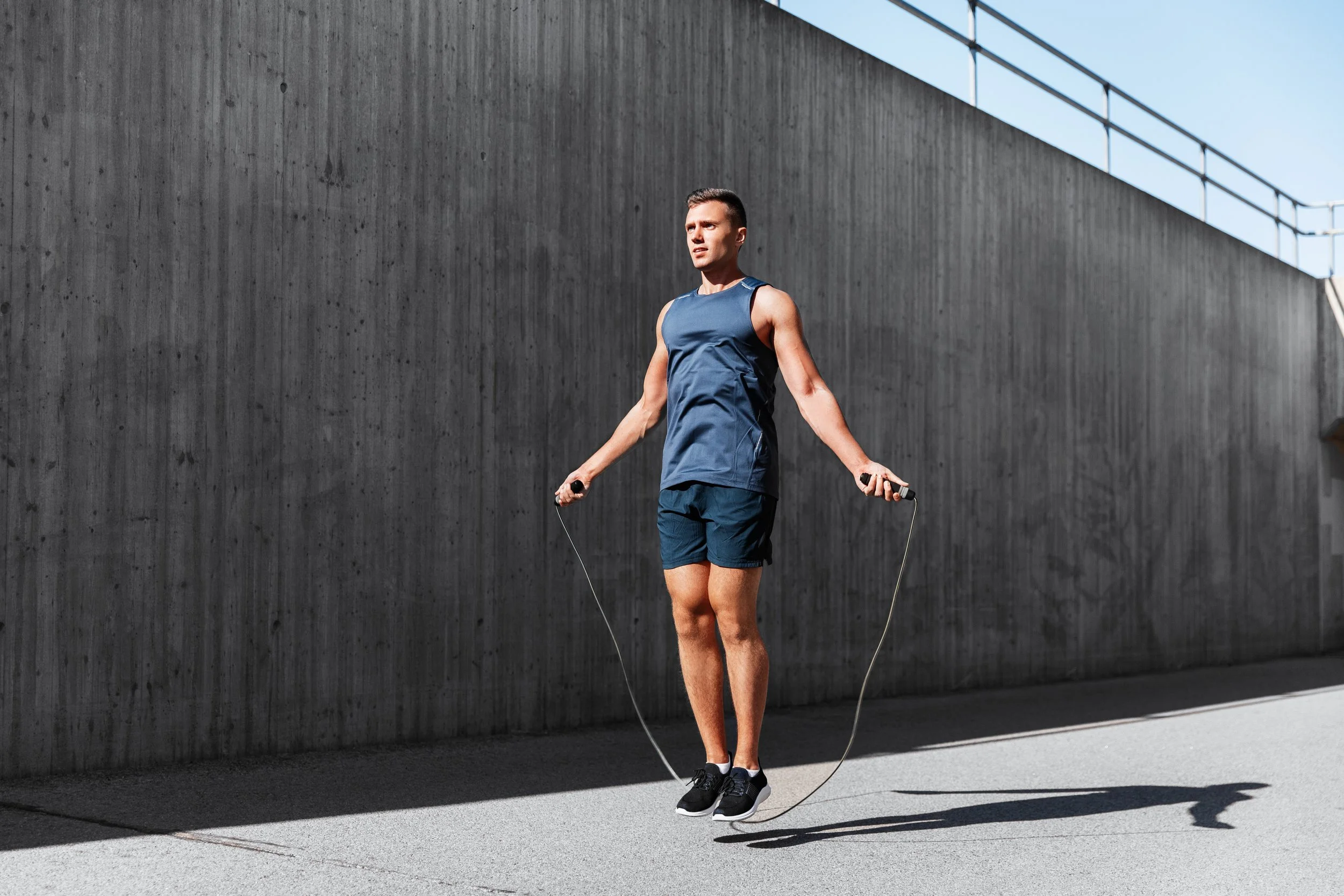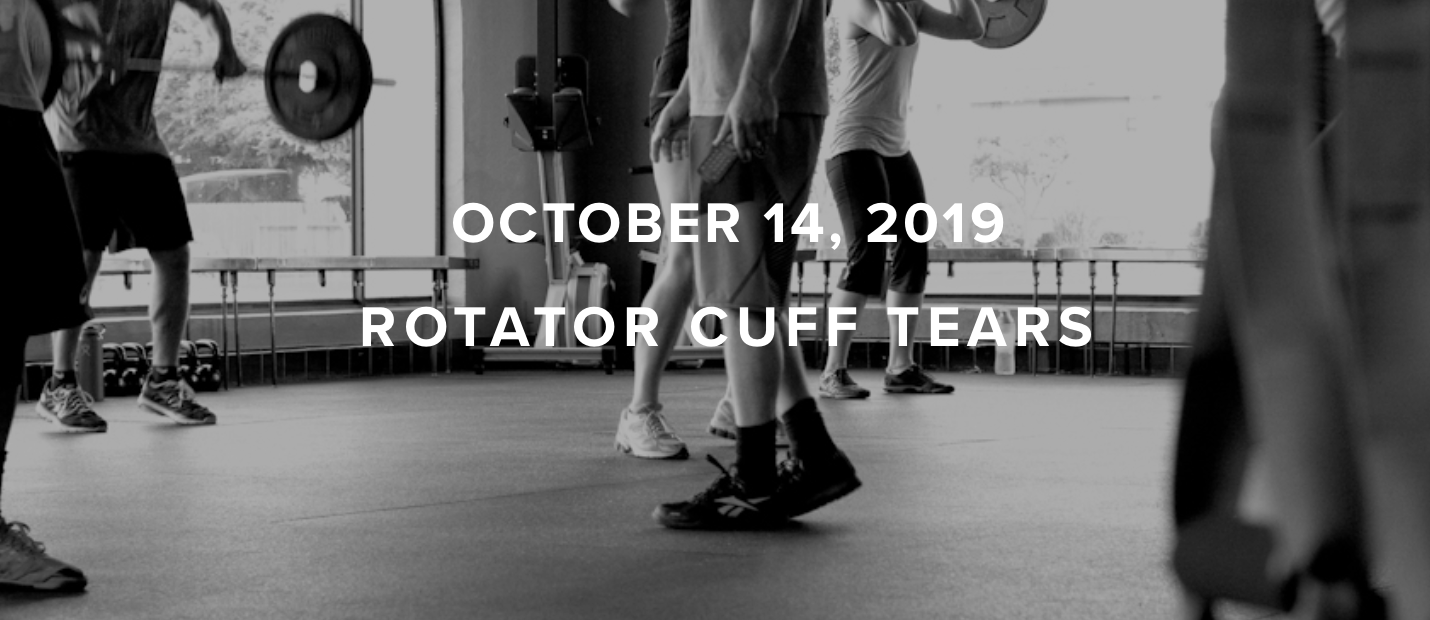Strength Training for Golfers
The Game of Golf changed in part due to training
While the game of golf has been around for several centuries, it hasn’t been til recently that the concept of a golfer training their bodies to help them with their sport has become more common. Since Tiger Woods took the game by storm almost 30 years ago, with his long drives and overall ability to dominate his competition, the world of golf fitness has also seen somewhat of an explosion. Now, golfers at almost all levels recognize that while working on their swing, chipping, and putting is important, it’s almost equally as important to put work into their bodies as well to ensure they can meet the demands of what today’s game asks of them. However, to the everyday golfer, there can still be a lot of uncertainty as to what training for the sport of golf looks like. This article aims to clarify that uncertainty and provide direction on how to dial in their gym sessions to help them on the course further.
How Do I train my Golf Swing?
Perhaps one of the biggest misconceptions in regards to training for the sport of golf is that the weight room is a place to work on the swing or to perform exercises that resemble the golf swing. This is a commonly perpetuated myth and disregards the major fundamental purpose of the weight room for athletes - which is to build the engine for that athlete to use during their sport. Specifically, when we are looking at the sport of golf, the area where the weight room can provide the biggest impact is by improving perhaps the biggest differentiator of elite versus amateur golfers - clubhead speed.
When examining clubhead speed or driving distance not only between amateurs and professionals but also between the highest-ranked professionals versus lower ranks, you see a pretty strong correlation between being able to hit the ball far and putting up lower scores. Taking that into consideration, we want to understand what physical traits we should train to impact clubhead speed. According to the literature, several characteristics significantly influence how fast one can swing the club. Those traits in order of higher correlation to lowest are:
Jump Impulse
Upper Body Explosive Strength
Jump Peak Power
Jump Displacement
Upper Body Strength
Lower Body Strength
What are the biggest factors in Club head Speed?
Breaking down those qualities could be an entirely separate blog post in itself but at the crux of it is the fact that being able to produce high amounts of force and doing so quickly corresponds the most to clubhead speed. So if you want to reap the benefits of swinging the club faster then you should train your body to become stronger and overall more explosive.
While improving swing velocity is arguably the biggest benefit an athlete could get from time spent in the weight room, many other benefits can be had. Specifically for golf, two of the more important benefits are mobility and improved stability. Additionally, as we age, speed, strength, and mobility begin to have significant declines, giving all the more reason why golfers of all ages should make time for the weight room if they are hoping to make game improvements, or even just maintain where they are at. Traditionally, there is a common worry that time spent in the weight room will lead to reduced mobility. This is perpetuated by pointing at powerlifters generally having a below-average range of motion through their joints. However, when examining what powerlifters do regularly for their training versus what golfers, and other athletes should be doing, we see a stark difference in application and outcomes. In powerlifting, the focus is on performing three specific lifts - the back squat, bench press, and deadlift regularly. Generally, this is done in a small range of motion so more weight can be moved as this is the goal of their sport. Due to the laws of specificity, their body’s ability to move will reflect what they are doing regularly in their lives. As a result, range of motion will be diminished because it becomes beneficial for their sport. In training for golf, and most other sports, we are using the weight room to improve an athlete’s physical capabilities to assist in improving their performance in their sport, so while there is still a focus on high outputs, it is done so in a different capacity than what is seen in powerlifting - more time will be spent working in all three planes of motion, and full ranges of motion will be utilized. In most instances, because we are training the body to control load in various ways, mobility can increase. Additionally, most golf training programs will also have some emphasis on mobility work so further gains can be made.
What Role Does Balance Play in the Golf Swing?
When looking at balance, and how the weight room can impact it, we need to understand what ‘stability’ or ‘balance’ in the golf swing is. Stability, in its simplest terms, means the ability to withstand forces and return to its original position. Often in golf training, this gets interpreted as having the athlete perform a lot of slow movements, maybe with some light load, on one leg or some type of soft surface to work on their balance. In the golf swing, however, the body is subjected to high levels of force in a very short period of time. If we expect to be able to withstand those forces then our training should include subjecting our body to high levels of force. This is where heavy compound lifts can play a large benefit. We are training our bodies to control a heavy external load by utilizing multiple muscles in a coordinated movement. If done appropriately, this should have a high carryover to improve stability in the golf swing.
“If we expect to be able to withstand those forces then our training should include subjecting our body to high levels of force. ”
How Do we Bring Mobility, Strength, & Balance together for Golf?
Now that we understand the benefits strength training can have on clubhead speed, stability, and mobility we should discuss what a training session could look like for a golfer trying to make these improvements. Generally, for most golfers, dependent on the time of the year and what their playing schedule looks like, this will likely mean two to three days of dedicated gym time a week. While there are multiple ways to split these days up, my personal preference is to have these all be full-body days, as this will generally allow the athlete to be the freshest throughout the workout as well as help mitigate fatigue throughout their training or playing week.
How Does a Golf Training Program Look in Practice?
When taking into consideration what types of exercises we would want the golfer to perform, we want to do the things that are going to best improve clubhead speed which is selecting exercises focused on making strength and power movements. What exercises we utilize will vary from person to person depending on fitness levels, experience in the weight room, general strength, and so on. For power movements, this can be a wide range of exercises such as sprinting, various loaded and unloaded jumps, plyometrics, fast upper body movements, and med ball throws. The goal for these exercises will be to move as fast and explosively as possible, so with that, the athlete will want to ensure they are fresh and most focused when performing these exercises. As a result, most of this work will be performed at the beginning of a workout. For our strength movements, we generally want to focus more on our compound lifts - squat, deadlift, bench press, and pulling variations. While isolation exercises are also great, we want to keep our focus primarily on the exercises that will provide the most bang for our buck. As a general rule of thumb, the athlete wants to work in a variety of rep ranges, with our primary movements - the squat, deadlift, and bench press being our heaviest lifts that will drive the greatest output from our muscles and be done at the lowest rep range, often in the 3 to 6 range. As they move into more of their accessory work - rows, shoulder presses, pull-ups, etc then they generally will perform those exercises in a 6 to 15-rep range depending on the goals of the exercise.
If we are to look at what an example of a 2-day-a-week workout might look like for a younger golfer with some weight room experience, it would likely look something like this:
Understanding that this type of workout might not be appropriate for a golfer with less general strength or experience in the weight room, we could consider a program with a similar goal in mind but at an easier entry point:
A PT Piecing this together can seem daunting and complicated. Generally, it is best to seek the advice of a strength coach or rehab provider with plenty of experience working with athletes. For many golfers, finding the appropriate weight room routine can yield huge benefits on the course and potentially be a missing link to get them to the next step in their game.
AUTHORS:
Terry Phillips, PT
LWPT Kenmore Physical Therapist
CONTRIBUTORS:
Ben Wobker, PT, MSPT, CSCS, CFSC, SFMA
Founder & CEO Lake Washington Physical Therapy
MORE BLOGS
MORE WEBINARS
References
ChandBrennan, Alex, et al. "Associations Between Physical Characteristics and Golf Clubhead Speed: A Systematic Review with Meta-Analysis." Sports Medicine (2024): 1-25.
Lee, In-Hee, and Sang-Young Park. “Balance improvement by strength training for the elderly.” Journal of physical therapy science vol. 25,12 (2013): 1591-3. doi:10.1589/jpts.25.1591
Leite, Thalita B., et al. "Effects of different number of sets of resistance training on flexibility." International journal of exercise science 10.3 (2017): 354.
Morton, Sam K et al. “Resistance training vs. static stretching: effects on flexibility and strength.” Journal of strength and conditioning research vol. 25,12 (2011): 3391-8. doi:10.1519/JSC.0b013e31821624aa
Weiss, Tiana, et al. "Effect of functional resistance training on muscular fitness outcomes in young adults." Journal of Exercise Science & Fitness 8.2 (2010): 113-122.




